Hmmm. Something with a long white beard is making an appearance in northern skies this week. Could it be Santa Claus? No, a bit early for the jolly guy yet, but comet watchers will soon find a special present under the tree this season. Get ready to unwrap Comet Lovejoy Q2, now bright enough to spot in a pair of 10×50 binoculars.
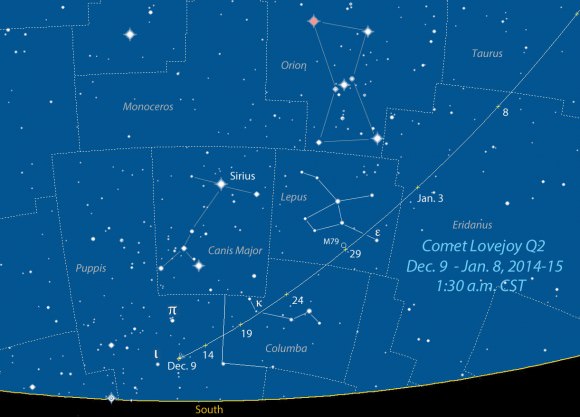
Following a rocket-like trajectory into the northern sky, this visitor from deep space is no longer reserved for southern skywatchers alone. If you live in the central U.S., Lovejoy Q2 pokes its head from Puppis in the early morning hours this week. Glowing at magnitude +7.0-7.5, it’s a faint, fuzzy cotton ball in binoculars from a dark sky and visible in telescopes as small as 3-inches (7.5 cm). With the Moon past full and phasing out of the picture, comet viewing will continue to improve in the coming nights. What fun to watch Lovejoy gradually accelerate from its present turtle-like amble to agile cheetah as it leaps from Lepus to Taurus at the rate of 3° a day later this month. Why the hurry? The comet is approaching Earth and will pass nearest our planet on January 7th at a distance of 43.6 million miles (70.2 million km). Perihelion follows some three weeks later on January 30th.

The new object is Australian amateur Terry Lovejoy’s 5th comet discovery. He captured images of the faint, 15th magnitude wisp on August 17th with a Celestron C-8 fitted with a CCD camera at his roll-off roof observatory in Brisbane, Australia. Comet Lovejoy Q2 has a period of about 11,500 years with an orbit steeply inclined to the plane of the Solar System (80.3°), the reason for its sharp northern climb. As December gives way to January the comet crosses from below to above the plane of the planets.
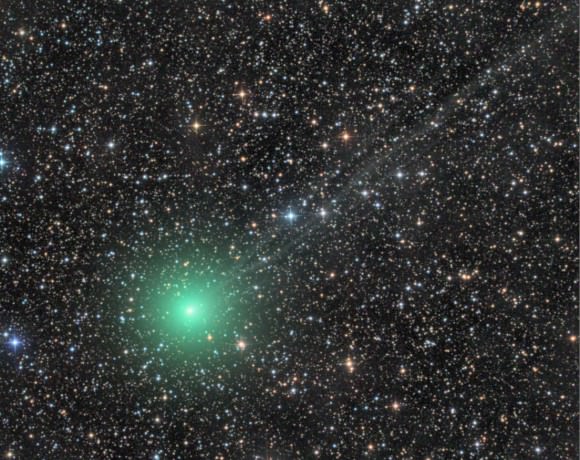
Comet Lovejoy is expected to brighten to perhaps 5th magnitude as it approaches Earth, making it faintly visible with the naked eye from a dark sky site. Now that’s what I call a great way to start the new year!
To help you find it, use the top map to get oriented; the detailed charts (below) show stars to magnitude +8.0. Click each to enlarge and then print out a copy for use at night. Bonus! Comet Lovejoy will pass only 10 arc minutes (1/3°) south of the 8th magnitude globular cluster M79 on December 28-29 – a great opportunity for astrophotographers and observers alike. Both comet and cluster will pose side by side in the same binocular and telescopic field of view. In early January I’ll post fresh maps to help you track the comet all through next month, too.
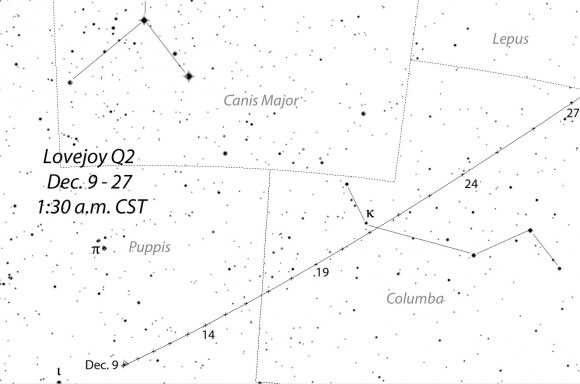
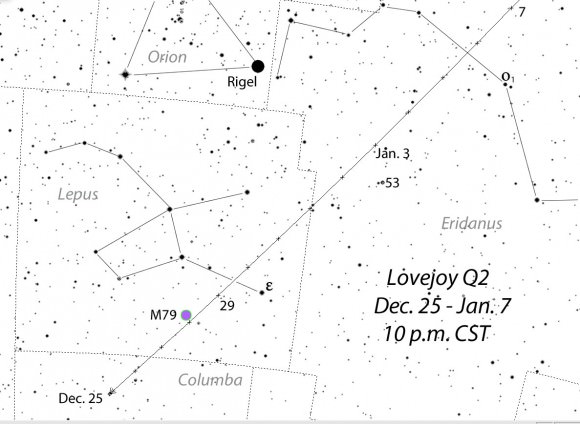

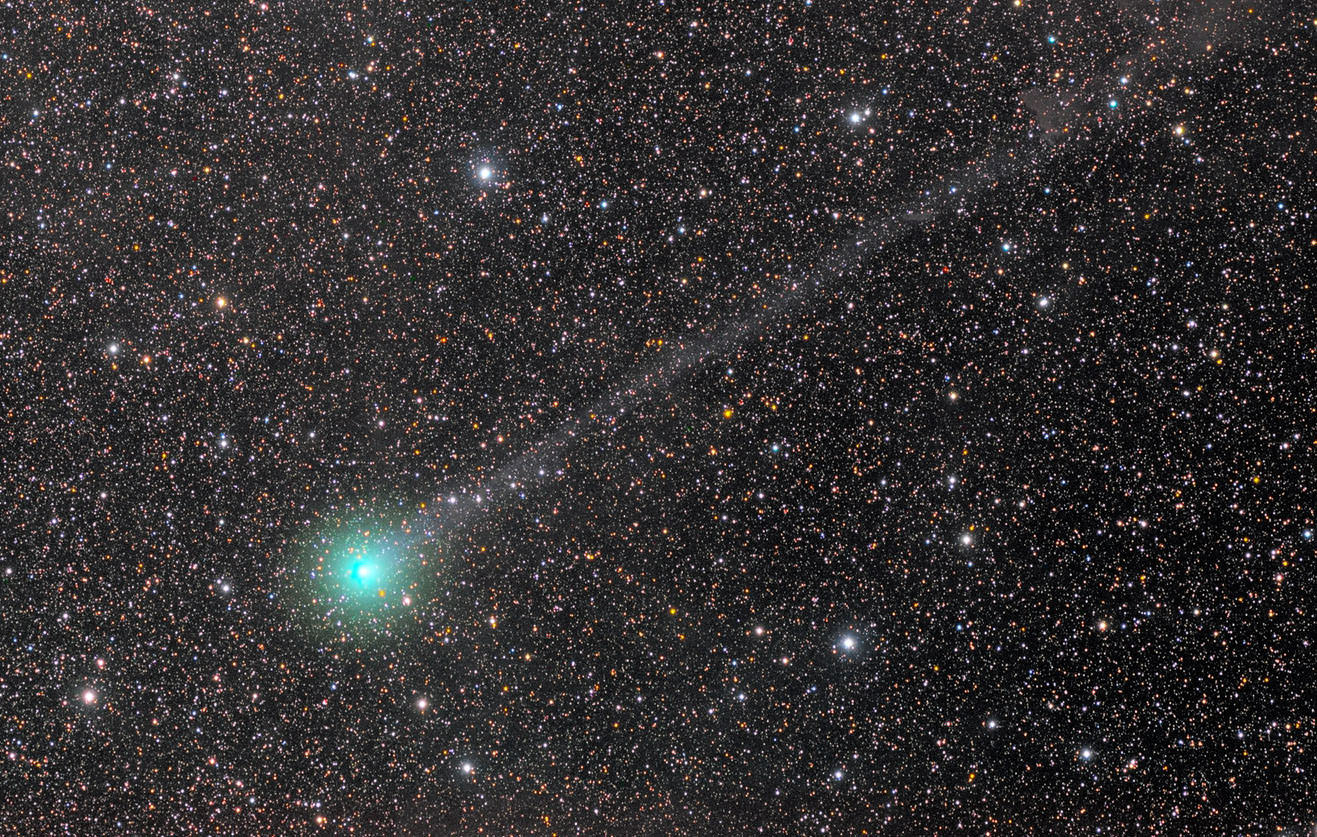
Nice way to start off the new year! Thanks for the star maps Bob. Here’s hoping for an opportune break or two in the cloud works!
Hey Aqua,
You’re welcome. There will be lots of opportunities after those cold fronts pass!
This comet seems to be brightening quite rapidly. It will be interesting to see if it is any match for last year’s comet Lovejoy.
Unfortunately, it seems that after this comet fades away, there won’t be any bright northern comets until November, so I’m trying to view this comet as much as I can… Many thanks for the star charts!